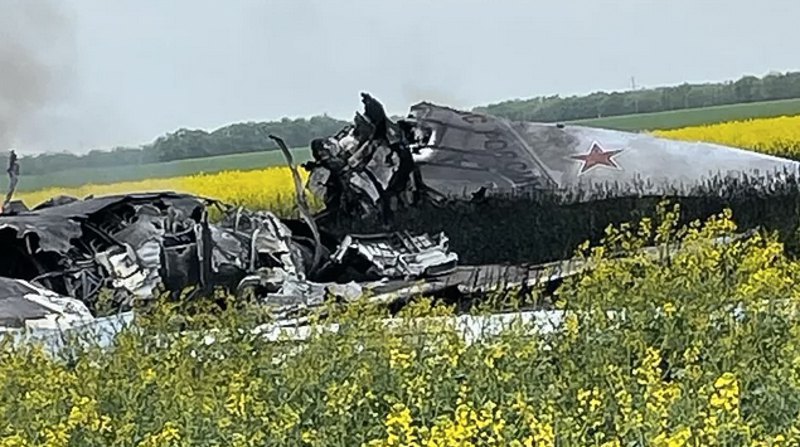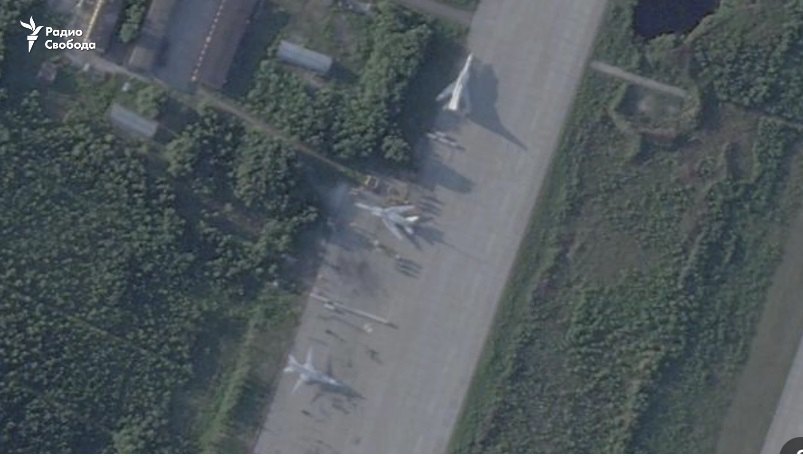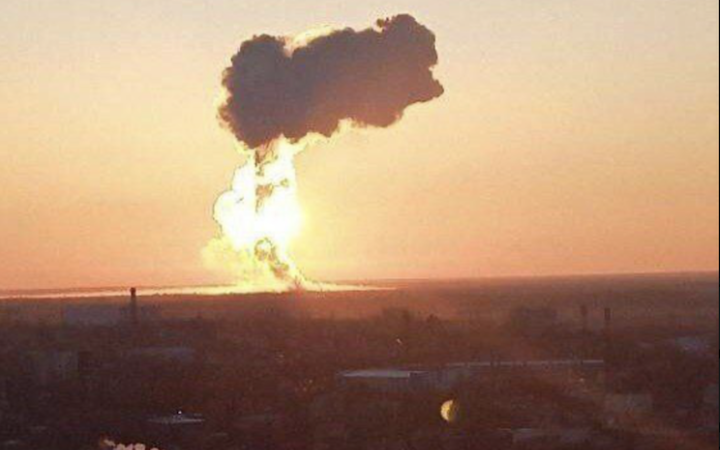
Another Tu-22M3 crash near the village of Buret, Usolsky district, Irkutsk Region – the right pilot was killed, unfortunately, the rest of the crew survived.
Unfortunately – because when Russians use ancient X-22s to target large masses of metal in cities, destroying houses and shopping centres, any loss of personnel should only bring joy and nothing else.
After all, these people sleep peacefully, hug their children, kiss their wives – knowing that a tonne of explosives has demolished a house in Ukraine.
The last X-22 strike on civilians was on 1 February, when a missile destroyed the entrance of a residential building in Poltava, killing 14 people.
This is the second accident in the Irkutsk Region in a year – last spring, a Tu-22M3 crashed near Mikhaylovka, near Irkutsk.
It’s understandable – constant training, flying to avoid our long-range drones – all of this consumes resources.
And the newest aircraft is a 1993 modernisation. That means no modernisation of the airframes, avionics and many other components inherited from the “bright Soviet past”.

At one time, Moscow used to call these aircraft the killers of the European missile defence system and calculated how many Tu-22M3s would be needed to disable a US aircraft carrier. And in the end, they had to throw X-22s at Ukraine with the accuracy of a shopping mall – back and forth.
I wonder – if three dozen slow-moving drones are reaching Russian airfields, what would a few thousand Tomahawks do to them? After all, the Russians wanted to challenge the United States, demanded that NATO roll back to its 1997 borders, and issued ultimatums?
And then it turned out that the only way to do that was to commit national self-immolation if the world’s leading economies entered the war – to kill themselves and their neighbours with nuclear weapons.
In the US, training a B-52 pilot costs almost $11 million at 2023 prices. So the death of the right-hand pilot and the hospital ejection of the left-hand pilot is already a costly loss. And the aircraft itself costs, according to various sources, $280–300 million.
Not the residual price, not the price quoted in a court case to pin the debt on the guilty pilot – but the full cost to the budget: engines, sanctioned electronics for modernisation, missile re-equipping.
This is the fifth aircraft to be irretrievably destroyed – including the one hit by anti-aircraft fire in the Stavropol Territory.
At least six other Tu-22M3s have sustained damage of varying severity, including through sabotage and long-range drone attacks on Soltsy, Shaykovka and Olenya.

Not bad. Disabling a quarter to a third of Russia’s serviceable fleet is a strong result against a so-called invented country – country 404. You can clearly see the great commander’s brilliant plan and how well the SVO is going.
And it also shows the depth of strategic planning in the Kremlin – to start a war with one of the largest countries in Europe, backed by the world’s biggest economies, without the production capacity to replace long-range aircraft. Meanwhile, the Coalition of Drones produces hundreds of thousands of UAVs, while the service life of the Tu-22 is running out.
And so, it is necessary to move these aircraft more frequently between airfields, to bury them, to train new pilots to replace those shot down, killed in strikes, or lost in accidents.
Ideally, even if the Russian Federation convinces itself it can finish off Ukraine, it will take years to restore what has been lost – with no guarantee it can be done. Because Tu-22M3Ms are also Soviet-made aircraft, and Russia has still not managed to establish mass production.
The General Staff reported that the last strike on Engels destroyed 96 cruise missiles of various types – most of them X-101s. This was a strategic bombing – essentially erasing two months of production.

Russians now have a pause – for dispersal, for manufacturing new delivery systems, for camouflage, for investigating accidents. We are using this time to better prepare for the winter of 2025, to disperse small-scale energy generation, factories, and weapons and equipment assembly sites.
Every hit, every accident, every incident is worth its weight in gold for us – the enemy is losing a resource it cannot replace.







